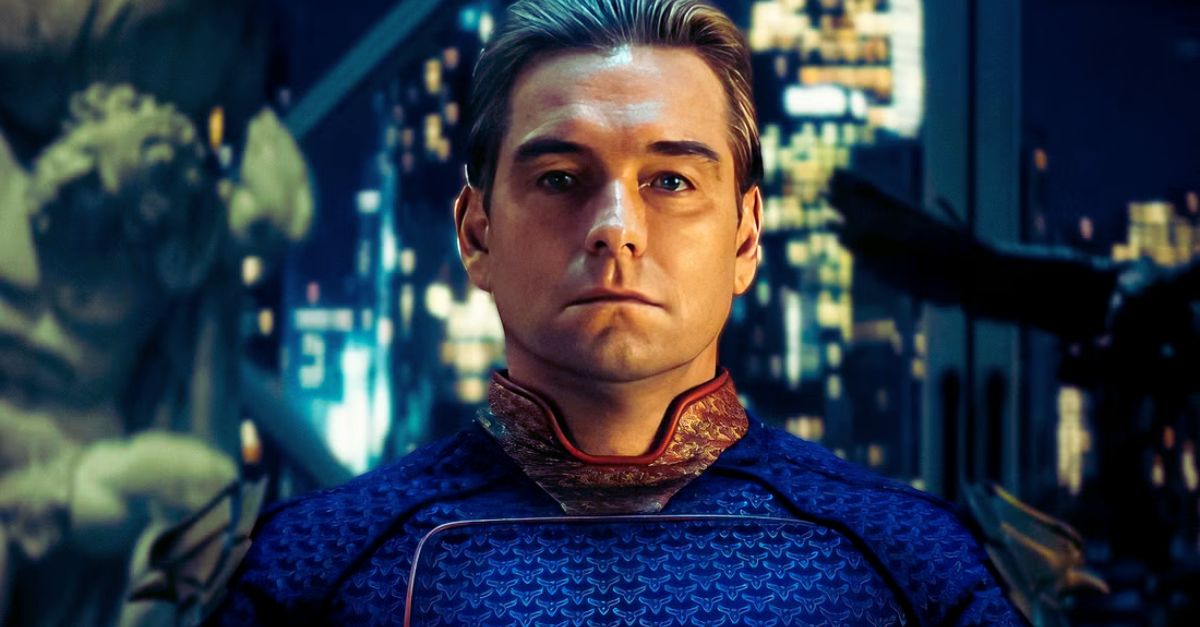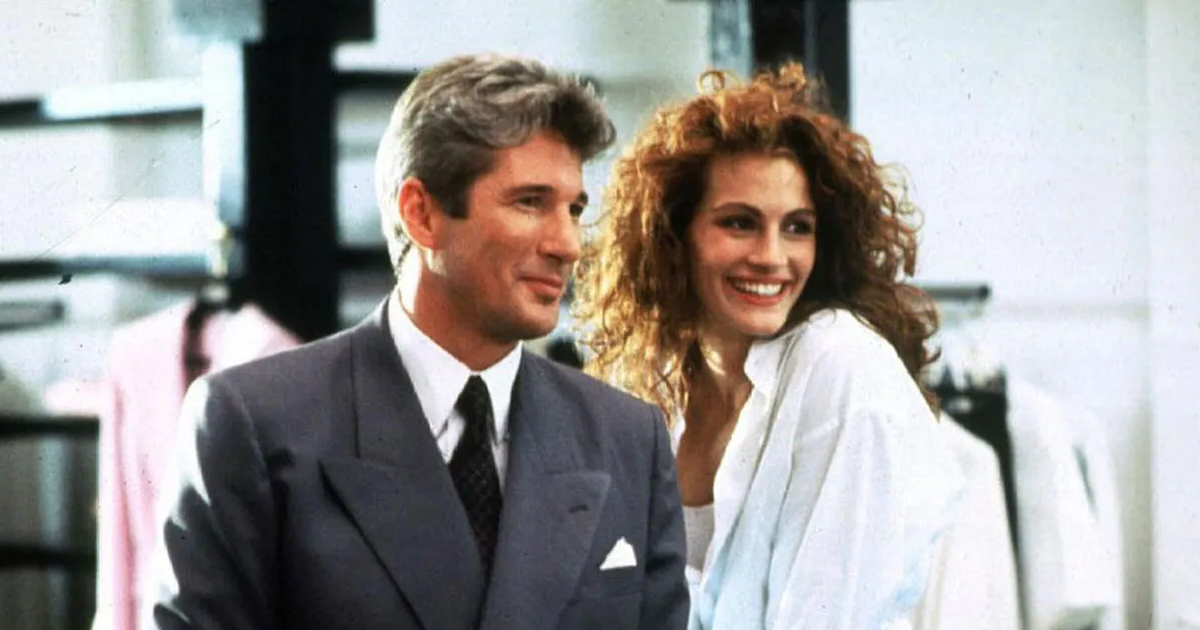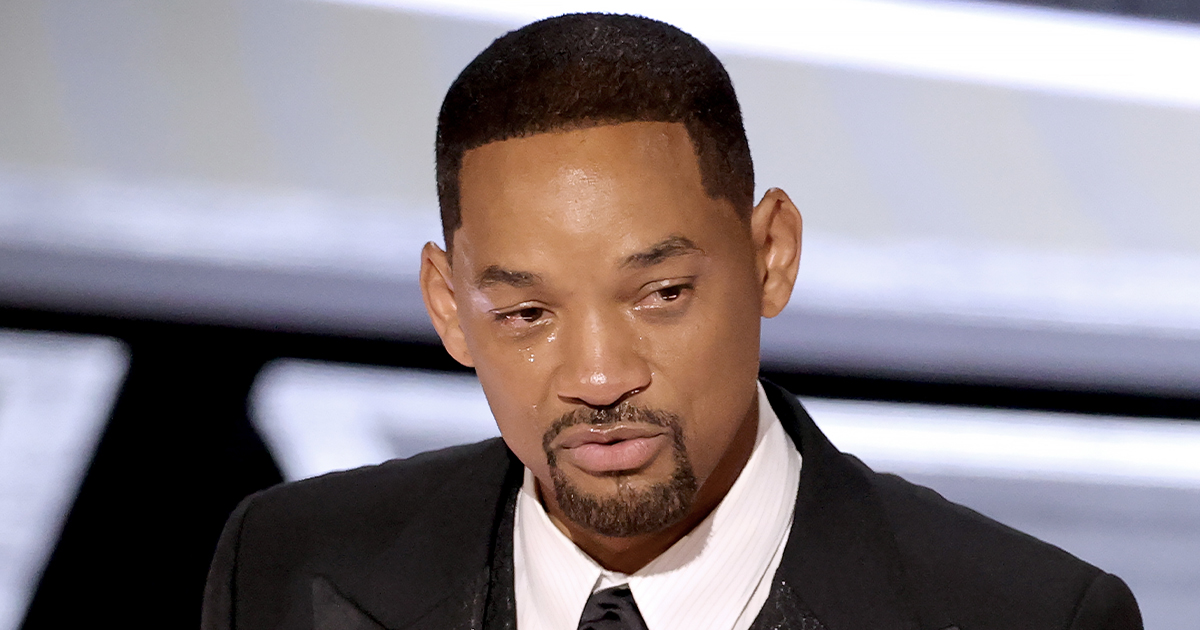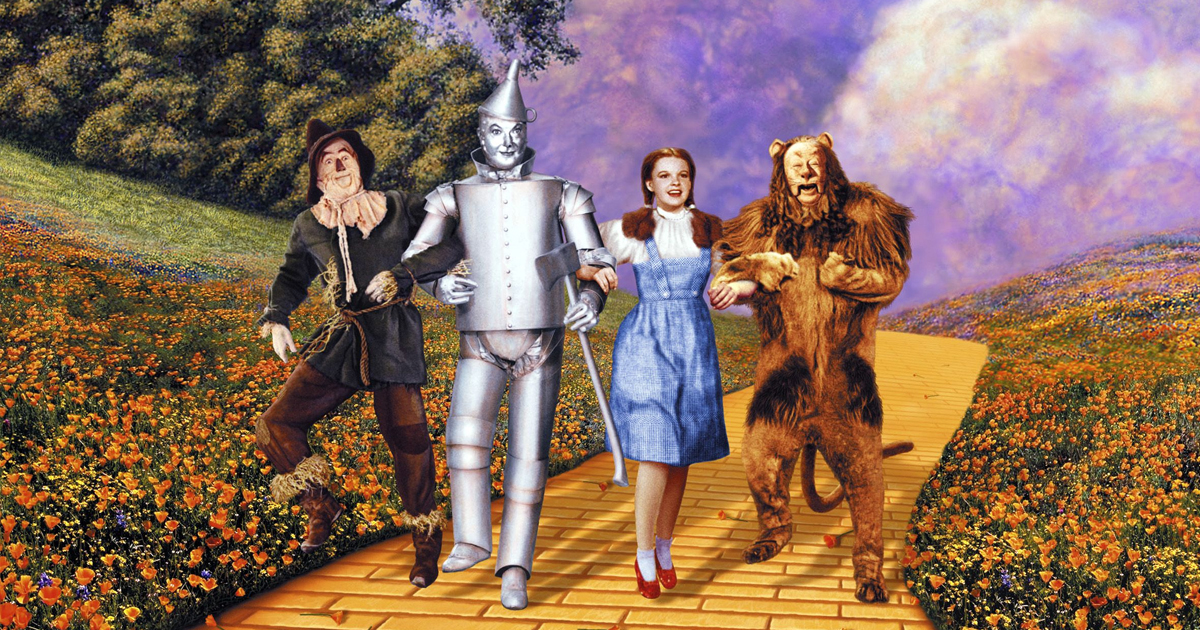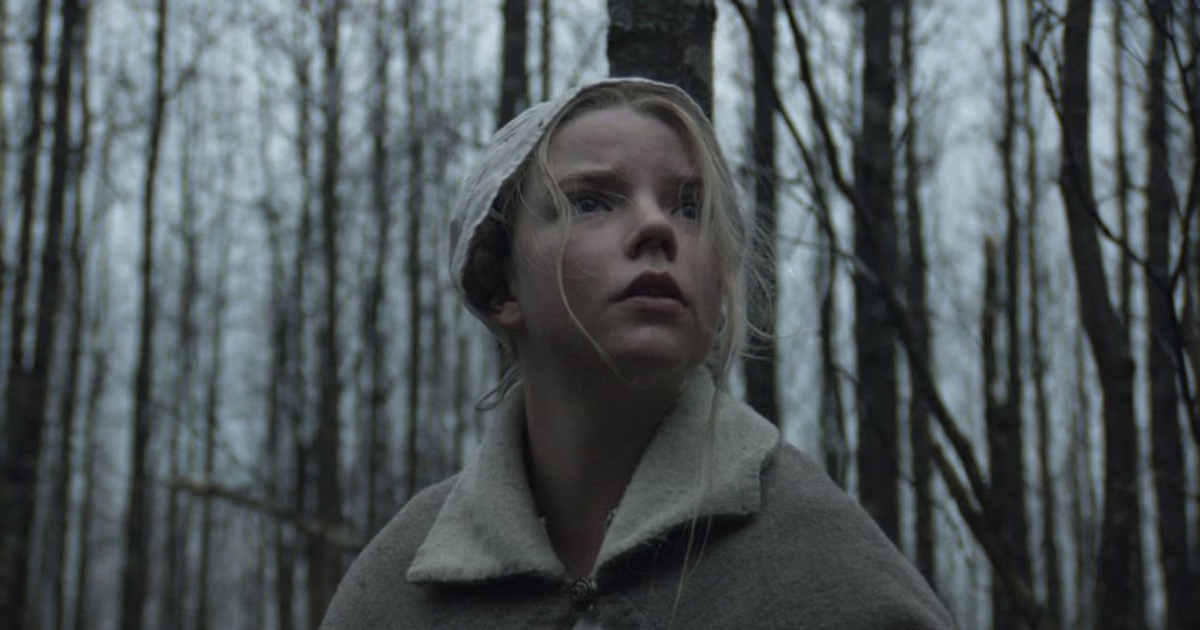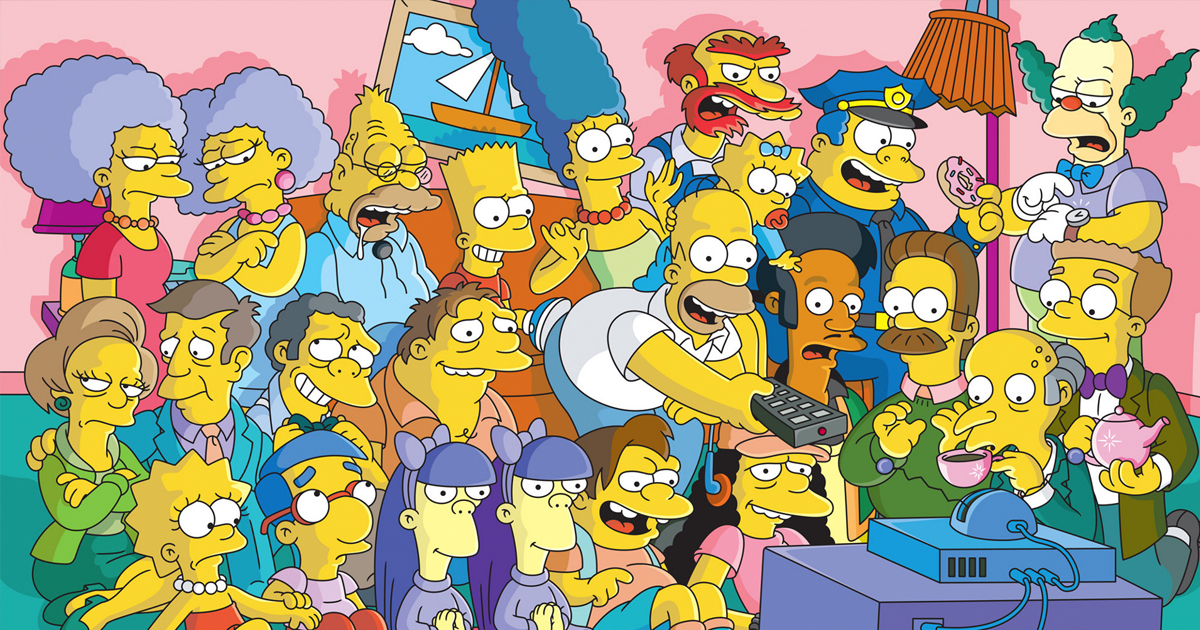Villain Origin Stories
Villains have come a long way from twirling mustaches and cartoonish cackles. These days, they’re complicated (maybe even dangerously charismatic). Somewhere between the black and white, we all landed in the gray area.

Gus Fring In Breaking Bad
Gus Fring lived two lives: one a public model of generosity and professionalism, the other a meticulous architect of a drug empire. He made almost all of his decisions with surgical detachment. Perhaps that’s why the scariest thing about Gus was how reasonable he seemed.
Gus Fring In Breaking Bad (Cont.)
He had a personal vendetta, though. He built his empire not just for profit, but to avenge his partner Max, whose murder by the cartel defined his long game. While others ruled through chaos or ego, Gus wore a suit and donated to hospitals.
Benjamin Linus In Lost
Ben believed the island needed protection, no matter the cost. Raised in a cult and crushed by an abusive father, Ben ran on survival instincts and half-truths. Yes, he made awful choices, but he eventually did try to do better when he lost his daughter.
Niklaus Mikaelson In The Originals
As the world’s first hybrid of vampire and werewolf, Klaus’s power isolated him as much as it elevated him. Abandoned by his stepfather and hunted by his siblings, Klaus was shaped by betrayal long before he committed it, so to shield his fractured sense of self, he lashed out.
 Warner Bros. Television Distribution, The Originals (2013–2018)
Warner Bros. Television Distribution, The Originals (2013–2018)
Niklaus Mikaelson In The Originals (Cont.)
But beneath the violence was a man desperate to be loved. And nowhere did that yearning show more clearly than in his relationship with his daughter, Hope. You’ll notice that Klaus never stayed a villain for long; instead, he moved through cycles of unexpected rage and redemption.
 Warner Bros. Television Distribution, The Originals (2013–2018)
Warner Bros. Television Distribution, The Originals (2013–2018)
Jeff Hope In Sherlock
Facing death and with nothing left to lose, Jeff enters into a twisted deal: in exchange for money to leave to his estranged children, he agrees to become a killer-for-hire. Jeff doesn’t see himself as evil, either. In fact, he repeatedly rationalizes his crimes by insisting that his victims had a choice.
Sylar In Heroes
Gabriel Gray was a quiet watchmaker until the world told him he was nothing. His hunger to be “special” and his obsession with collecting powers were essentially about erasing the feeling of being invisible. He wanted connection, but each time he reached out, he was reminded: monsters aren’t hugged, they’re feared.
Kilgrave In Jessica Jones
Given mind control powers as a result of traumatic experimentation in childhood, Kilgrave’s sense of right and wrong never developed properly. He believes Jessica loves him—not metaphorically, but literally—because no one ever taught him what love meant.
 Netflix, Jessica Jones (2015–2019)
Netflix, Jessica Jones (2015–2019)
Kilgrave In Jessica Jones (Cont.)
In S1E08 “AKA WWJD,” he attempts to win her back by doing good deeds, but even those acts are rooted in control and performance. He’s the kind of villainy that doesn’t need a lair or a laser—just delusion and the unwavering belief that he’s the real victim.
 Netflix, Jessica Jones (2015–2019)
Netflix, Jessica Jones (2015–2019)
Boyd Crowder In Justified
Boyd was the kind of guy who could quote scripture or rob you blind—depending on the day. A product of Harlan County’s poverty, he used ideology like a costume; putting it on when useful, discarding it when it wasn’t. But beneath the scheming, there was real love, especially for Ava.
 Sony Pictures Television, Justified (2010–2015)
Sony Pictures Television, Justified (2010–2015)
Cersei Lannister In Game Of Thrones
Cersei’s pursuit of power was never about ego. It was about survival in a world built to suppress her; a society that dismissed her intellect because of her gender. So, she learned to weaponize what she had: beauty, motherhood, and a cunning intellect.
 HBO, Game of Thrones (2011–2019)
HBO, Game of Thrones (2011–2019)
Cersei Lannister In Game Of Thrones (Cont.)
Her rise through political manipulation was a rebellion against the role assigned to her. Psychologists often categorize her as a vulnerable narcissist, using control and dominance to mask a deep well of insecurity. But her choices, however violent, were never random.
 HBO, Game of Thrones (2011–2019)
HBO, Game of Thrones (2011–2019)
Cersei Lannister In Game Of Thrones (Cont.)
Above all, she was a mother, and her love for her children—however twisted—drove almost every decision. Her walk of shame at the hands of the Faith broke her, and she responded the only way she knew how: with fire, by blowing up the Sept of Baelor.
 HBO, Game of Thrones (2011–2019)
HBO, Game of Thrones (2011–2019)
The Man In Black In Lost
After centuries of being Jacob’s prisoner and mommy issues that put Freud to shame, turning into a smoke monster felt like destiny. He was literally exiled by those he trusted, so his rage wasn’t aimless. Maybe the real villain was the island where people kept crashing, fighting, and corrupting in a vicious cycle.
Agatha Harkness In WandaVision
Wanda’s magic was dangerous, and Agatha knew firsthand what power without discipline could become—her own coven tried to kill her for it. So when she tried to contain Wanda, it was more fear than jealousy. And she was right to be fearful because Wanda’s magic eventually cracked the multiverse wide open.
Serena Joy In The Handmaid’s Tale
Serena Joy wrote the rules of Gilead, only to become trapped by them. As a former televangelist and ideologue, she was instrumental in shaping the regime’s cruelty. That was until that same cruelty turned inward. She mourns the loss of her voice while enforcing the silence of others.
 Hulu, The Handmaid’s Tale (2017–present)
Hulu, The Handmaid’s Tale (2017–present)
Serena Joy In The Handmaid’s Tale (Cont.)
By manipulating Offred and other women, Serena uses what little power she has left to wound, because in Gilead, even cruelty is a form of survival. She’s a symbol of internalized patriarchy, showing how women can enforce and extend systems that harm them, often out of fear and desperation.
 Hulu, The Handmaid’s Tale (2017–present)
Hulu, The Handmaid’s Tale (2017–present)
Kingpin (Wilson Fisk) In Daredevil
Fisk saw Hell’s Kitchen as broken, and he wanted to fix it by ruling it. The problem is, his idea of peace came with body bags. Sure, he wanted order, but to achieve it, he channeled the scared boy he used to be, who was shaped by abuse.
 Netflix, Daredevil (2015–2018)
Netflix, Daredevil (2015–2018)
Homelander In The Boys
Homelander was literally made in a lab, fed lies, and denied love. His need to be adored morphed into rage because his hollow self did not know how else to deal with it. He’s not evil because he’s powerful. He’s evil because no one ever hugged him right, y’know?
 Sony Pictures Television, The Boys (2019—present)
Sony Pictures Television, The Boys (2019—present)
Helmut Zemo In Captain America: Civil War
Zemo lost everything in Sokovia due to the Avengers’ battle—his family, his home, his peace. But he didn’t attack with superpowers. He used grief as a weapon, turning the Avengers against themselves. His plan worked. And Zemo proved his point: unchecked power always breaks something.
 Walt Disney Studios Motion Pictures, Captain America: Civil War (2016)
Walt Disney Studios Motion Pictures, Captain America: Civil War (2016)
General Zod In Man Of Steel
Unlike Kal-El, who was born naturally and symbolized Krypton’s first act of free will in centuries, Zod was manufactured by the state, biologically programmed to be a guardian of Krypton’s survival. Everything he does, no matter how brutal, is in service of the mission embedded in his DNA.
 Warner Bros. Pictures, Man of Steel (2013)
Warner Bros. Pictures, Man of Steel (2013)
General Zod In Man Of Steel (Cont.)
When Krypton falls, he sees it as a failure to protect. Which is why he arrives on Earth with an intent to resurrect Krypton. It’s not about the domination of humanity or the planet. During his final battle, he admits that he cannot exist in a world where Krypton cannot.
 Warner Bros. Pictures, Man of Steel (2013)
Warner Bros. Pictures, Man of Steel (2013)
Sandman (Flint Marko) In Spider-Man 3
The death of Uncle Ben, once black and white, becomes murky through Marko’s truth. He was an accidental killer who only committed those crimes for his daughter’s treatment. So, when Peter forgives him, it hits harder than any punch, and in that moment, we learn about the man beneath the sand.
 Sony Pictures Releasing, Spider-Man 3 (2007)
Sony Pictures Releasing, Spider-Man 3 (2007)
Cypher In The Matrix
While Neo chased purpose, Cypher chose pleasure. Harsh? Yes. Understandable? Also yes. Look, Cypher didn’t sell out humanity; he just preferred illusion over painful truth. His decision challenges the rebellion’s moral high ground, asking if suffering is worth the truth. It proves that it takes will to be a hero.
 Warner Bros. Pictures, The Matrix (1999)
Warner Bros. Pictures, The Matrix (1999)
Megamind In Megamind
Raised in a prison while his rival Metro Man lived in luxury, Megamind internalized the idea that he’d never be good enough. So, he leaned in. He became the bad guy everyone expected him to be. But when he finally defeats Metro Man, he’s hit with a crisis: now what?
 Paramount Pictures, Megamind (2010)
Paramount Pictures, Megamind (2010)
Megamind In Megamind (Cont.)
His grand gestures mean nothing without purpose. Eventually, his transformation from nemesis to hero isn’t just about saving Metro City. It’s about reclaiming identity and proving that the roles we’re cast in don’t define us. Not forever.
 Paramount Pictures, Megamind (2010)
Paramount Pictures, Megamind (2010)
Ra’s Al Ghul In Batman Begins
If a villain is able to make the hero reconsider his ways, there’s some truth in his purpose. That was Ra’s. His goal was planetary balance, even if it meant mass death. You can call him extreme, but at least he stuck to his code.
 Warner Bros. Pictures, Batman Begins (2005)
Warner Bros. Pictures, Batman Begins (2005)
The Riddler In The Batman
As someone who only targeted Gotham’s corrupt elite who exploited the city’s Renewal Fund, The Riddler was cleaning out trash. He was an orphan left in filth while Bruce Wayne mourned in a mansion. He simply forced Gotham to look at its rot.
 Warner Bros. Pictures, Batman Begins (2005)
Warner Bros. Pictures, Batman Begins (2005)
Erik Killmonger In Black Panther
Exposing that Wakanda, despite its power, had turned its back on the suffering of Black communities across the globe, Killmonger forced T’Challa to face the uncomfortable truth. While others saw tradition, he saw cowardice. His anger emerged when he lost his father at the hands of Wakandan royalty.
 Walt Disney Studios Motion Pictures, Black Panther (2018)
Walt Disney Studios Motion Pictures, Black Panther (2018)
Erik Killmonger In Black Panther (Cont.)
But Killmonger’s mission extended beyond revenge. He wanted to disrupt the systems that kept people like him beneath the surface, and shift global power toward those who had long been denied it. In the end, even if he didn’t win, he influenced T’Challa to embrace a more open vision.
 Walt Disney Studios Motion Pictures, Black Panther (2018)
Walt Disney Studios Motion Pictures, Black Panther (2018)
Magneto In X-Men
A survivor of the Holocaust, Erik Lehnsherr saw what fear of difference leads to. So when he fought for mutant survival, it was because he never wanted to be a victim again. Magneto learned that peaceful coexistence was impossible, and that was reinforced by the humans.
 20th Century Fox, X-Men (2000)
20th Century Fox, X-Men (2000)
Ozymandias In Watchmen
Adrian Veidt saw a ticking bomb—nuclear war—and chose the unthinkable to prevent it. He killed millions to prevent the war. Some might say that he played god. But when the gods weren’t stepping up, Adrian rolled up his sleeves and rewrote history himself.
 Warner Bros. Pictures, Watchmen (2009)
Warner Bros. Pictures, Watchmen (2009)
Heinz Doofenshmirtz In Phineas And Ferb
Doofenshmirtz’s childhood was so cartoonishly tragic that it loops back around to being genuinely sympathetic. Forced to be a lawn gnome and forgotten by his own parents, he grew up craving validation and revenge—in that order.
 Disney Channel, Phineas and Ferb (2007–2015)
Disney Channel, Phineas and Ferb (2007–2015)
Heinz Doofenshmirtz In Phineas And Ferb (Cont.)
His “Inators” are rarely evil and often oddly specific: erasing a childhood memory, impressing his daughter, or moving the Earth with Jupiter’s gravity. Beneath the bumbling monologues and doomed schemes is someone who just wants to be seen.
 Disney Channel, Phineas and Ferb (2007–2015)
Disney Channel, Phineas and Ferb (2007–2015)
Thanos In Avengers: Infinity War
Thanos saw the collapse on his homeworld and vowed it wouldn’t happen again. He removed half of the world’s population, believing that it’s truly the best thing to do. He sacrificed everything, even the daughter he loved, because no one else could make those harsh choices.
 Walt Disney Studios Motion Pictures, Avengers: Infinity War (2018)
Walt Disney Studios Motion Pictures, Avengers: Infinity War (2018)
Dr Octopus In Spider-Man 2
When Doc Ock’s experiment exploded, his wife died, and four robot arms started making the decisions, he went full villain. But beneath it all was a will to change the world. In the end, he chose clarity over madness, giving his life to stop the disaster he created.
 Sony Pictures Releasing, Spider-Man 2 (2004)
Sony Pictures Releasing, Spider-Man 2 (2004)
Roy Batty In Blade Runner
Engineered for off-world combat and given a strict four-year expiration date, Roy returns to Earth not to conquer, but to plead. He wants more life—nothing more. He kills his creator, Tyrell, in a desperate act against a system that made him sentient and then discarded him.
 Warner Bros., Blade Runner (1982)
Warner Bros., Blade Runner (1982)
Roy Batty In Blade Runner (Cont.)
Roy’s “Tears in Rain” monologue is one of cinema’s most haunting reflections on mortality and what it means to be alive. He saves Deckard, the man sent to kill him, and dies in peace. And in that moment, he has more grace and compassion than any human around him.
 Warner Bros., Blade Runner (1982)
Warner Bros., Blade Runner (1982)
Plankton In SpongeBob SquarePants
Plankton is the ultimate underdog—small, sarcastic, and perennially losing. But he’s not trying to destroy Bikini Bottom. When you find out that he and Mr. Krabs were once best friends, torn apart by the Krabby Patty formula, something shifts.
 Nickelodeon, SpongeBob SquarePants (1999–present)
Nickelodeon, SpongeBob SquarePants (1999–present)
Plankton In SpongeBob SquarePants (Cont.)
Soon enough, you realize that this guy is just another victim of the unforgiving world of food service capitalism. Plus, Plankton’s love for Karen, his AI wife, gives him an unexpected softness that sneaks up on you, just like his pathetic, but occasionally brilliant schemes.
 Nickelodeon, SpongeBob SquarePants (1999–present)
Nickelodeon, SpongeBob SquarePants (1999–present)
Dr Curt Connors In The Spectacular Spider-Man
Most Spider-Man villains have a tragic origin story, and Curt Connors was one of them. He just wanted his arm back. But in the advent of curing himself, he grew scales and became the feral alter ego he constantly tried to suppress. It was a classic science experiment gone rogue.
 Sony Pictures Television, The Spectacular Spider-Man (2008–2009)
Sony Pictures Television, The Spectacular Spider-Man (2008–2009)
General Hummel In The Rock
Hummel’s motive was painfully clear: he wanted overdue compensation for families of fallen Marines, men who died in black ops missions the government disavowed. His occupation of Alcatraz and threat to unleash VX gas on San Francisco was a bluff, but his goal was noble.
 Buena Vista Pictures, The Rock (1996)
Buena Vista Pictures, The Rock (1996)
Baxter Stockman In Teenage Mutant Ninja Turtles
Rejected, underestimated, and frequently humiliated, Baxter’s story takes a darker turn when he mutates into a grotesque fly-human hybrid. He’s not the big bad; in fact, he’s the guy the big bads keep around when they need something techy and expendable.
 New Line Cinema, Teenage Mutant Ninja Turtles (1990)
New Line Cinema, Teenage Mutant Ninja Turtles (1990)
Baxter Stockman In Teenage Mutant Ninja Turtles (Cont.)
Sure, he’s a brilliant inventor with a chip on his shoulder, whose creations backfire in spectacular ways (like the Mousers). But his downfall is always the same: ego. Baxter wants recognition through his genius, it’s just that he never learns when to stop.
 New Line Cinema, Teenage Mutant Ninja Turtles (1990)
New Line Cinema, Teenage Mutant Ninja Turtles (1990)

